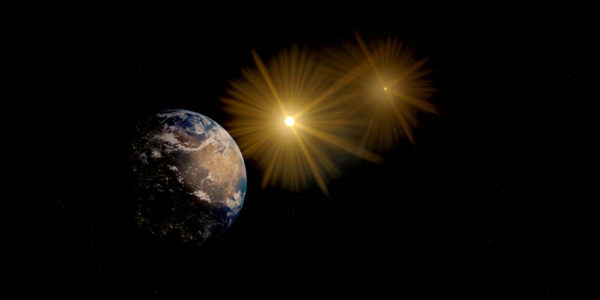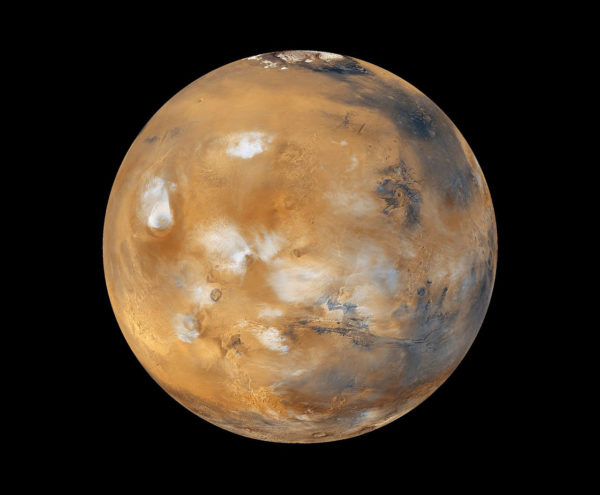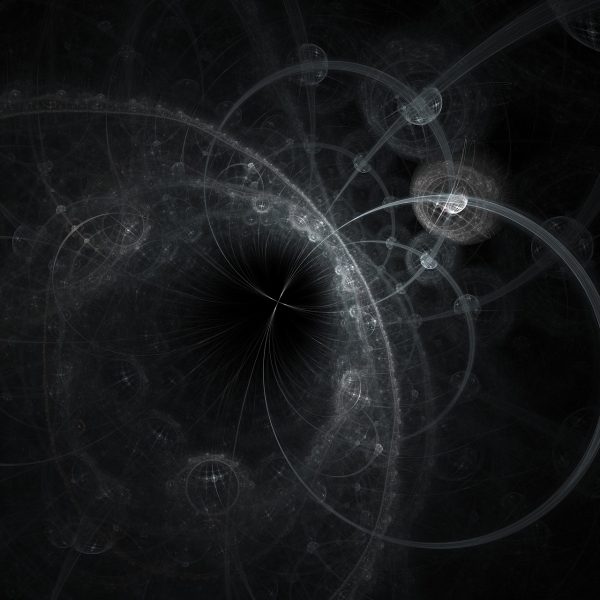Is the Universe Expanding So Quickly Because of “Bumblebee Gravity”?
Physicists have long assumed that the universe is pretty much the same in any direction, and now they’ve found a new way to test that hypothesis: by examining the shadow of a black hole. If that shadow is a wee bit smaller than existing physics theories predict, it could help prove a far-out notion called bumblebee gravity, which describes what would happen if the seemingly perfect symmetry of the universe isn’t so perfect after all. If scientists can find a black hole with such an undersized shadow, it would open the door to a brand-new understanding of gravity — and … Read more











